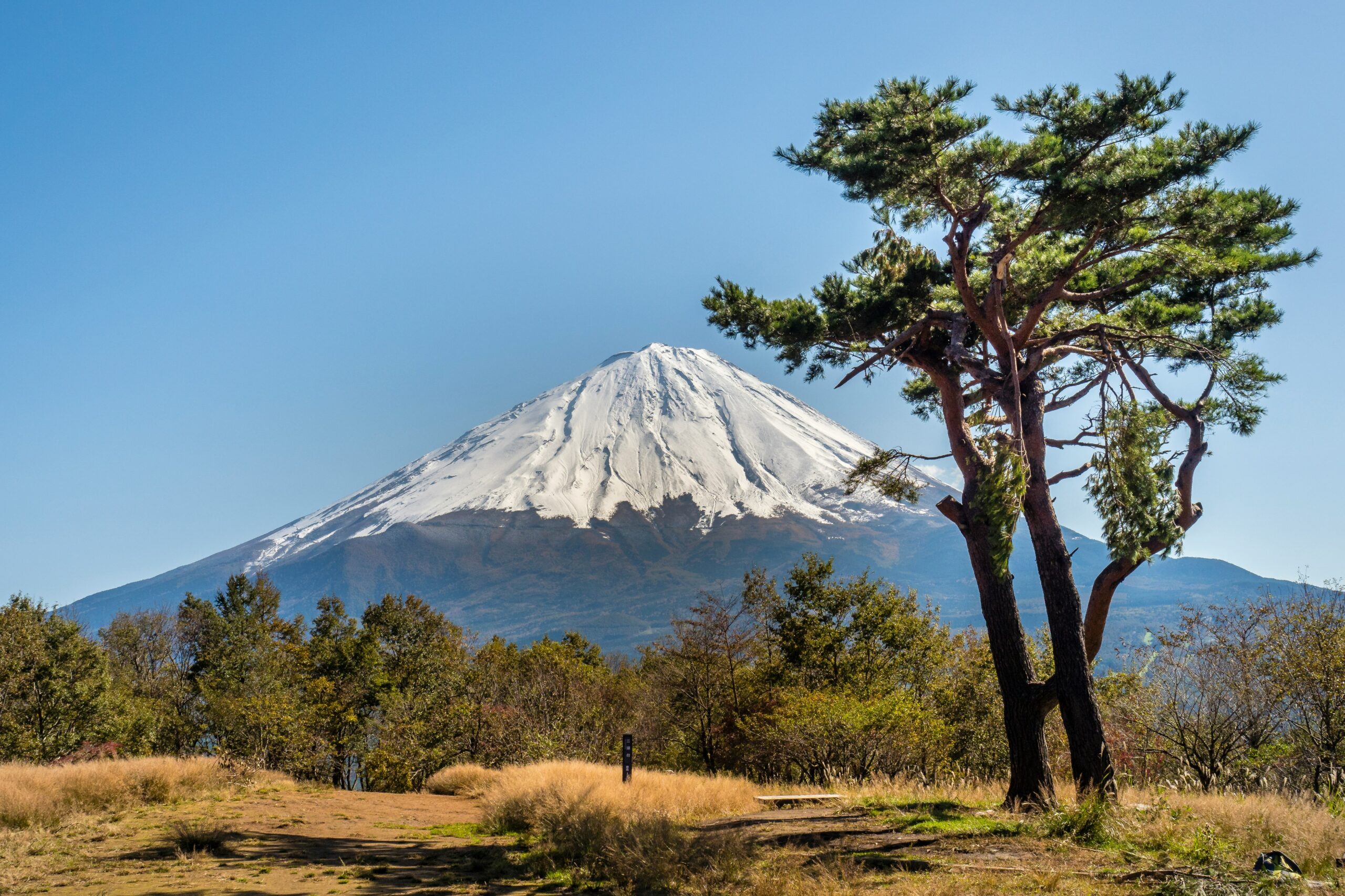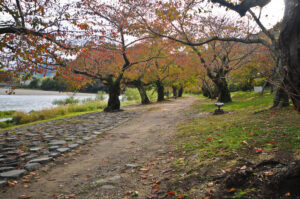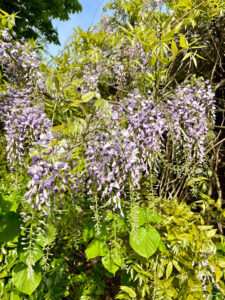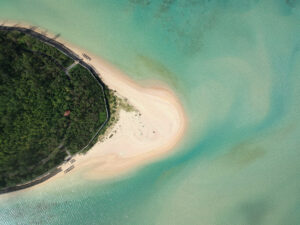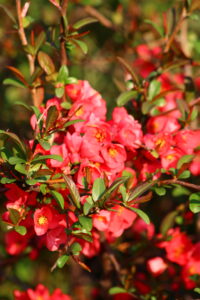Japan, a nation sculpted and scarred by the fiery might of the earth, is home to some of the world’s most renowned and active volcanoes. These natural colossi not only shape the physical landscape but also deeply influence the culture, history, and daily lives of its people. From the iconic, snow-capped summit of Mount Fuji to the explosive eruptions of Sakurajima, Japan’s volcanoes are a testament to the dynamic planet we inhabit. This article delves into the heart of Japan’s fiery giants, exploring their anatomy, history, and the indelible mark they leave on both the land and the human spirit.
Unveiling Japan’s Mighty Volcanic Titans
Japan’s archipelago sits precariously on the Pacific "Ring of Fire," a hotspot for seismic and volcanic activity. This geological setting gifts Japan with over a hundred active volcanoes, making it one of the most volcanically active countries in the world. These volcanic giants, ranging from the serene to the violently explosive, are not only fascinating natural wonders but also play a crucial role in enriching the soil, shaping the terrain, and influencing the climate. The interaction between the Philippine Sea Plate and the Pacific Plate under Japan is primarily responsible for the formation and activity of these volcanoes, providing a unique opportunity to study the Earth’s inner workings.
The Anatomy of an Active Volcano
An active volcano, by definition, has erupted in the last 10,000 years and is likely to erupt again. The anatomy of such a volcano typically includes a magma chamber, vents, a summit crater, and sometimes an extensive lava field. Magma, generated by the melting of the Earth’s mantle, rises through the crust, fueling the volcano’s eruptions. The type and frequency of these eruptions are influenced by the magma’s composition and the tectonic settings. Japan’s active volcanoes exhibit a wide range of eruption styles, from effusive lava flows to explosive ash ejections, each uniquely shaping the surrounding landscape.
Mount Fuji: Sleeping Giant of Japan
Mount Fuji stands as Japan’s tallest peak and is perhaps the most iconic symbol of the country’s natural beauty. Though classified as an active volcano, Fuji has slumbered since its last eruption in 1707. Its nearly perfect conical shape, a result of centuries of volcanic activity followed by erosion, has inspired artists and poets for generations. Despite its tranquility, scientists closely monitor Mount Fuji for signs of awakening, knowing that an eruption could have significant impacts given its proximity to densely populated areas.
Sakurajima’s Daily Fireworks Display
Sakurajima, one of Japan’s most active volcanoes, offers a stark contrast to the serene beauty of Mount Fuji. Located in Kagoshima Prefecture, it erupts so frequently that its ashfalls have become a part of daily life for the local residents. These eruptions, while usually small, serve as a constant reminder of the earth’s power. The volcano’s activity is closely monitored, and the data collected helps scientists understand volcanic behavior, potentially saving lives by improving eruption predictions.
The Unpredictable Wrath of Mount Aso
Mount Aso, in the heart of Kyushu, is another of Japan’s volatile giants. It is one of the largest active volcanoes in the world, and its caldera is among the biggest. Aso’s eruptions can be highly unpredictable, ranging from gentle ash emissions to violent explosions. The surrounding caldera, a product of catastrophic eruptions thousands of years ago, now hosts lush farmland, showcasing the duality of volcanic landscapes as both creators and destroyers.
Inside the Caldera: Life Near Danger
Living in the shadow of an active volcano is a testament to human resilience. Communities situated near these calderas have developed unique ways of coexisting with the constant threat of eruption. Farmers in these areas often benefit from fertile volcanic soil, while local governments implement rigorous disaster preparedness plans. The presence of volcanoes also boosts local economies through tourism, as the allure of these natural wonders draws visitors from around the globe.
The Historical Eruptions That Shaped Japan
Japan’s history is intimately tied to its volcanoes. The 1792 eruption of Mount Unzen and the resulting tsunami, the deadliest volcanic event in Japanese history, profoundly impacted the nation. The 1883 eruption of Mount Bandai and the 1914 eruption of Sakurajima were pivotal in advancing volcanic science in Japan, leading to better understanding and monitoring of volcanic activity. These and other eruptions have shaped not only the landscape but also the consciousness of the Japanese people, forging a deep respect for nature’s power.
Monitoring Giants: Japan’s Volcano Watch
Japan has developed one of the most advanced volcanic monitoring systems in the world. Utilizing a network of seismometers, gas analyzers, and satellite imagery, the Japan Meteorological Agency keeps a vigilant watch over the nation’s active volcanoes. This real-time data collection allows for timely evacuation orders and has undoubtedly saved countless lives. The continuous improvement of monitoring technology reflects Japan’s commitment to living safely in a volatile environment.
The Cultural Impact of Volancoes in Japan
Volcanoes hold a significant place in Japanese culture, symbolizing both the destructive power of nature and its life-giving benefits. They are woven into the fabric of Japanese mythology, where gods and spirits are believed to reside within these fiery mountains. Festivals and rituals centered around volcanoes, such as the annual ceremonies at Mount Fuji, reveal the deep spiritual connection the Japanese people have with the natural world. This cultural reverence for volcanoes influences art, literature, and even daily language, highlighting the profound impact these giants have on the Japanese identity.
Evacuation Tales: Surviving Nature’s Fury
The stories of survival during volcanic eruptions are a powerful testament to human resilience and the effectiveness of Japan’s disaster preparedness. The 1991 eruption of Mount Unzen and the 2000 eruption of Mount Usu saw successful evacuations thanks to early warnings, saving thousands of lives. These events underscore the importance of community and government cooperation in the face of natural disasters, showcasing the strength and adaptability of the Japanese people.
Innovations in Volanic Disaster Management
Japan’s approach to volcanic disaster management is characterized by innovation and constant improvement. From advanced early warning systems to community drills, the nation is at the forefront of reducing volcanic risk. Research into new technologies, such as AI for predicting eruptions and engineering solutions to mitigate lava flow damage, holds promise for increasing safety. Japan’s comprehensive disaster education programs ensure that everyone, from schoolchildren to the elderly, is prepared to act in the event of an eruption.
The Future of Volcanology in Japan
As Japan continues to advance the field of volcanology, the future holds the promise of even greater understanding and prediction of volcanic activity. Collaborations with international research institutions and the sharing of data and insights are crucial in this global pursuit. The challenges posed by these fiery giants are matched only by the human spirit’s resolve to understand and coexist with them. Japan’s ongoing commitment to research, education, and preparedness paves the way for a safer coexistence with its mighty volcanic titans.
Japan’s relationship with its volcanoes is a complex tapestry of fear, respect, and admiration. These fiery giants, while posing a constant threat, also enrich the land, shape cultures, and drive innovation. The nation’s journey with its volcanoes is a testament to the resilience of the human spirit, the power of science, and the enduring awe of nature’s might. As Japan continues to watch, learn from, and live alongside these magnificent mountains, the rest of the world watches, learns, and marvels with it. The story of Japan and its volcanoes is a continuous dialogue between humanity and nature, a reminder of our planet’s vibrant dynamism and the indomitable will of its inhabitants to thrive within it.
